The new Longitude Prize aims to do what medicine has long struggled with: harness AI and global collaboration to unlock life-saving treatments for one of the most devastating diseases. Roger Highfield, Science Director and Longitude Committee member, reports.
A new study finds global warming could wipe out 24% of staple-crop calories—roughly equivalent to missing a meal, every day – by the end of this century, reports Science Director Roger Highfield.
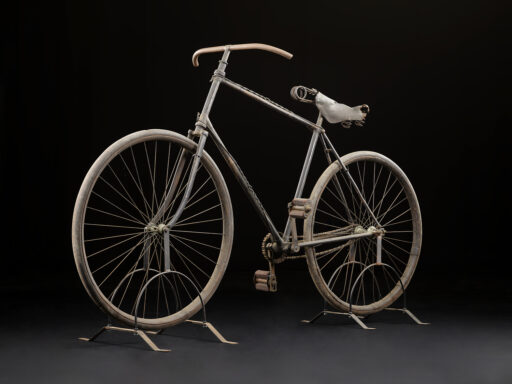
For National Cycle Week, Charlie Southerton takes a look at some fascinating bicycles in the Science Museum Group Collection.
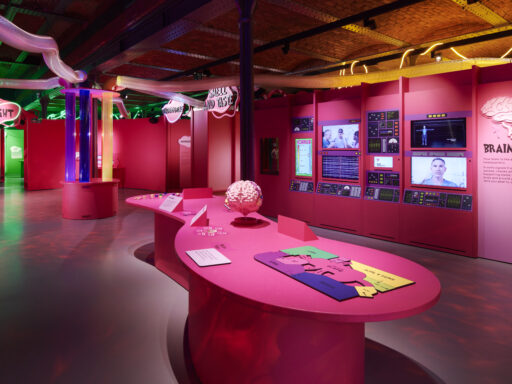
The team behind the Science and Industry Museum’s latest exhibition looks at what it takes to ensure access was built into this immersive exhibition.
Roger Highfield, Science Director, discusses a new study which says the world’s “safe” climate limit may be closer to 1°C—not 1.5°C—as ice loss accelerates and irreversible sea level rise looms.
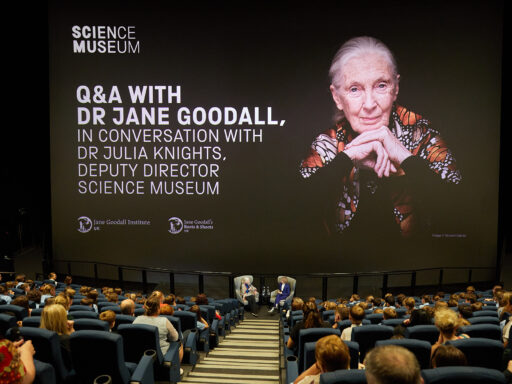
Yesterday (14 May) we welcomed several hundred guests, including Dr Jane Goodall, to the Science Museum for the 2025 Science Museum Group Annual Dinner – celebrating a busy year of inspiring futures among the millions of visitors to our six sites.
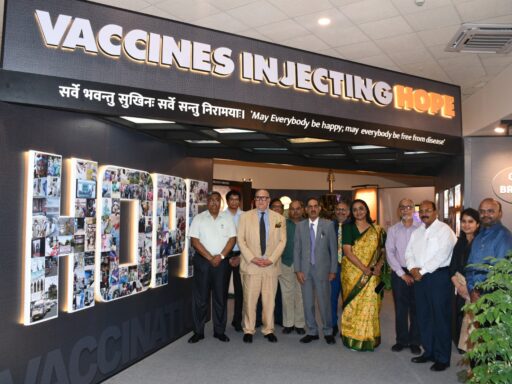
With the Injecting Hope tour reaching its final venue in India, Roger Highfield and Shalini Narayan describe how a unique partnership between the UK, China and India brought the story of COVID-19 vaccines to millions.

Science Museum Group honours Sir Demis Hassabis at UK Premiere of The Thinking Game, the documentary that chronicles his life
Pete Dickinson reflects on two new Science Museum Group Fellowships which have been awarded this month.

Tim Boon reflects on a major three-year research project, Congruence Engine, that has been exploring how museum collections across the country can be linked via their digital records.
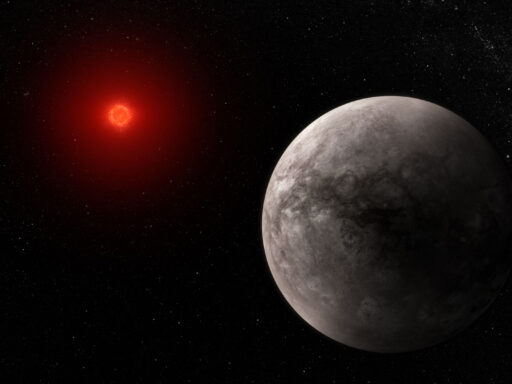
Can a computer predict the evolution of alien worlds? Roger Highfield, Science Director, talks to a newly awarded scientist about his quest to simulate how planets evolve to study climate change on Earth and spur the search for alien life.
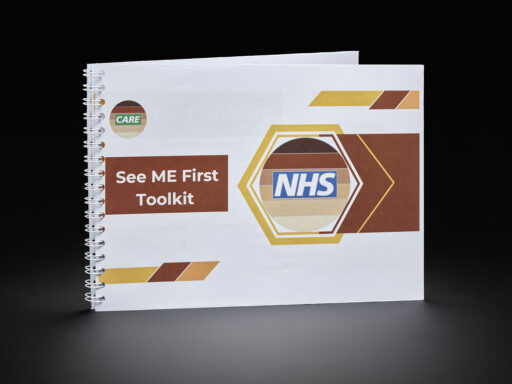
Organisations all over the world are looking at their workplaces and public services to ensure they are open and accessible to everyone. Curator in Clinical and Research Medicine Selina Hurley looks into how sometimes just three people can start something which will make a difference, even in an organisation as big as the NHS.
The Science Museum Group’s mission to inspire futures acts as our ‘North Star’ for the creative exploration of science, for building science literacy, and for inspiring the next generations of scientists, inventors and engineers.